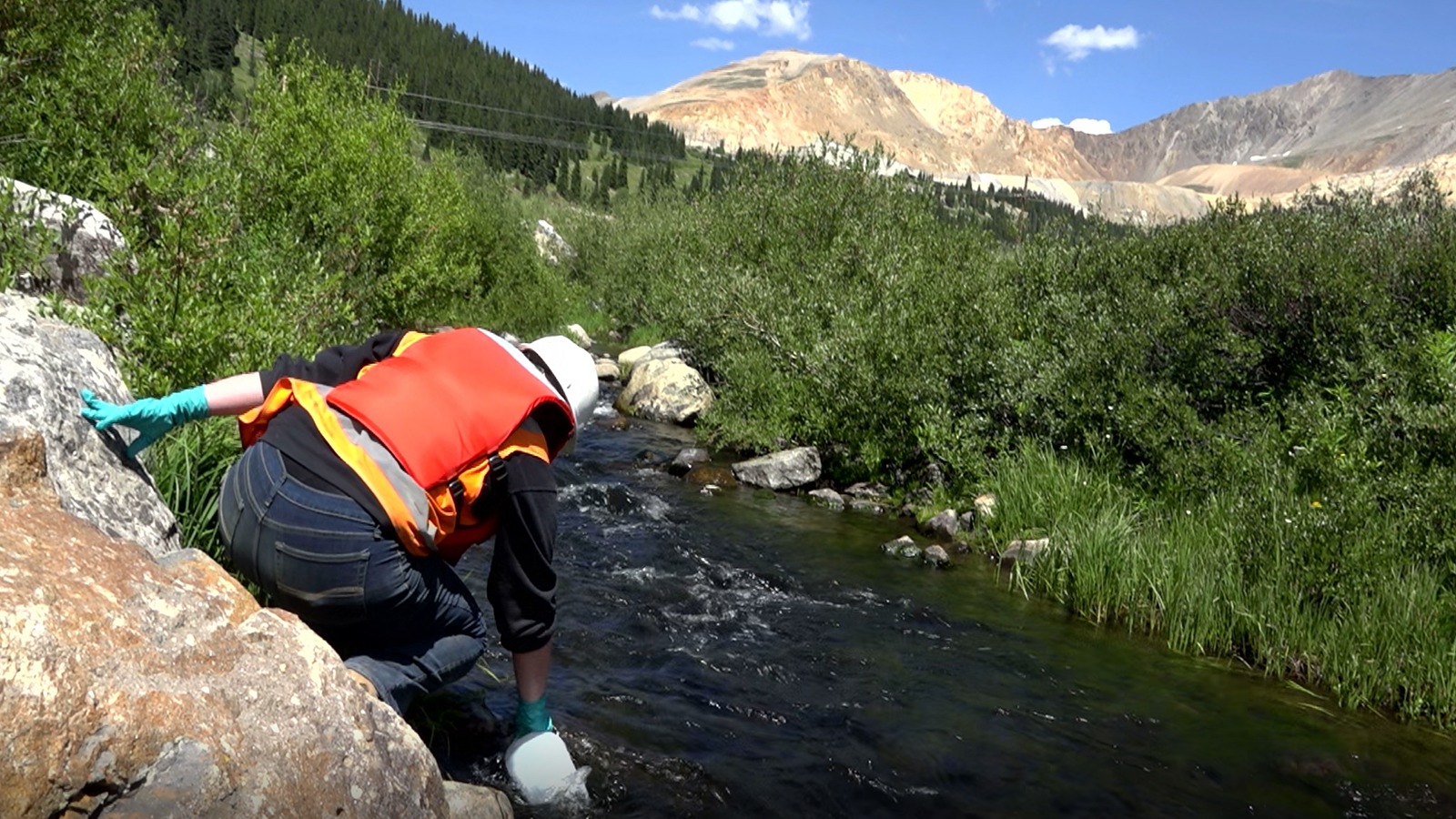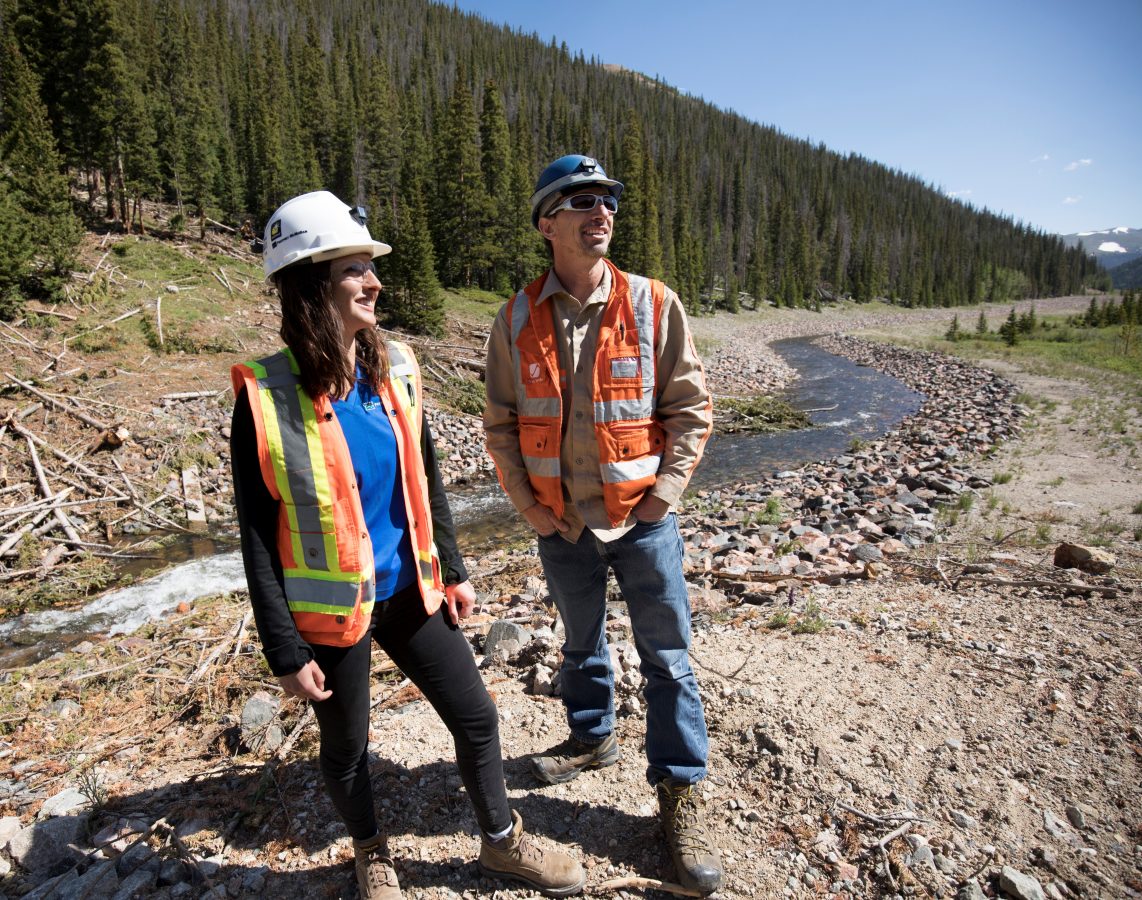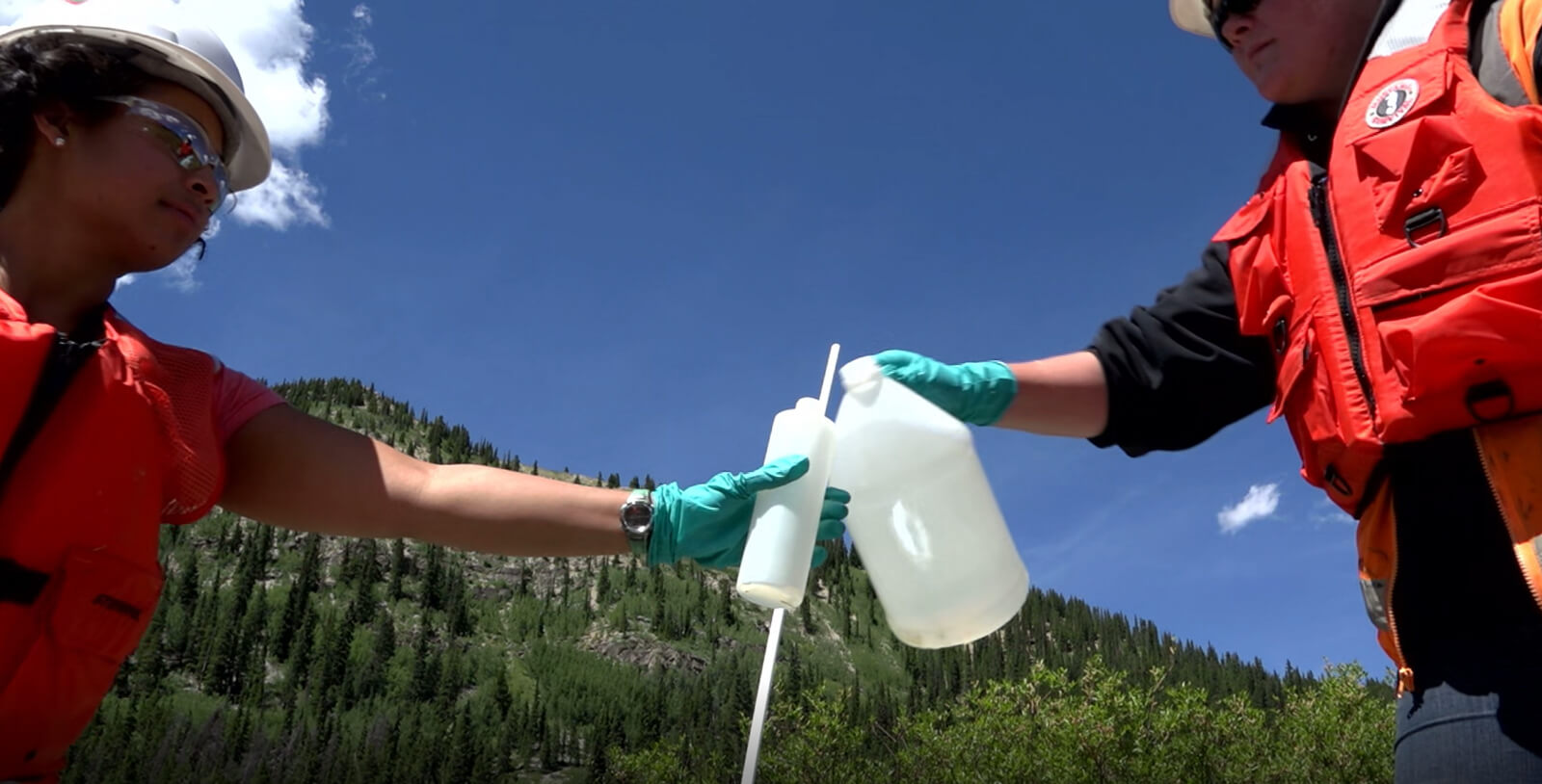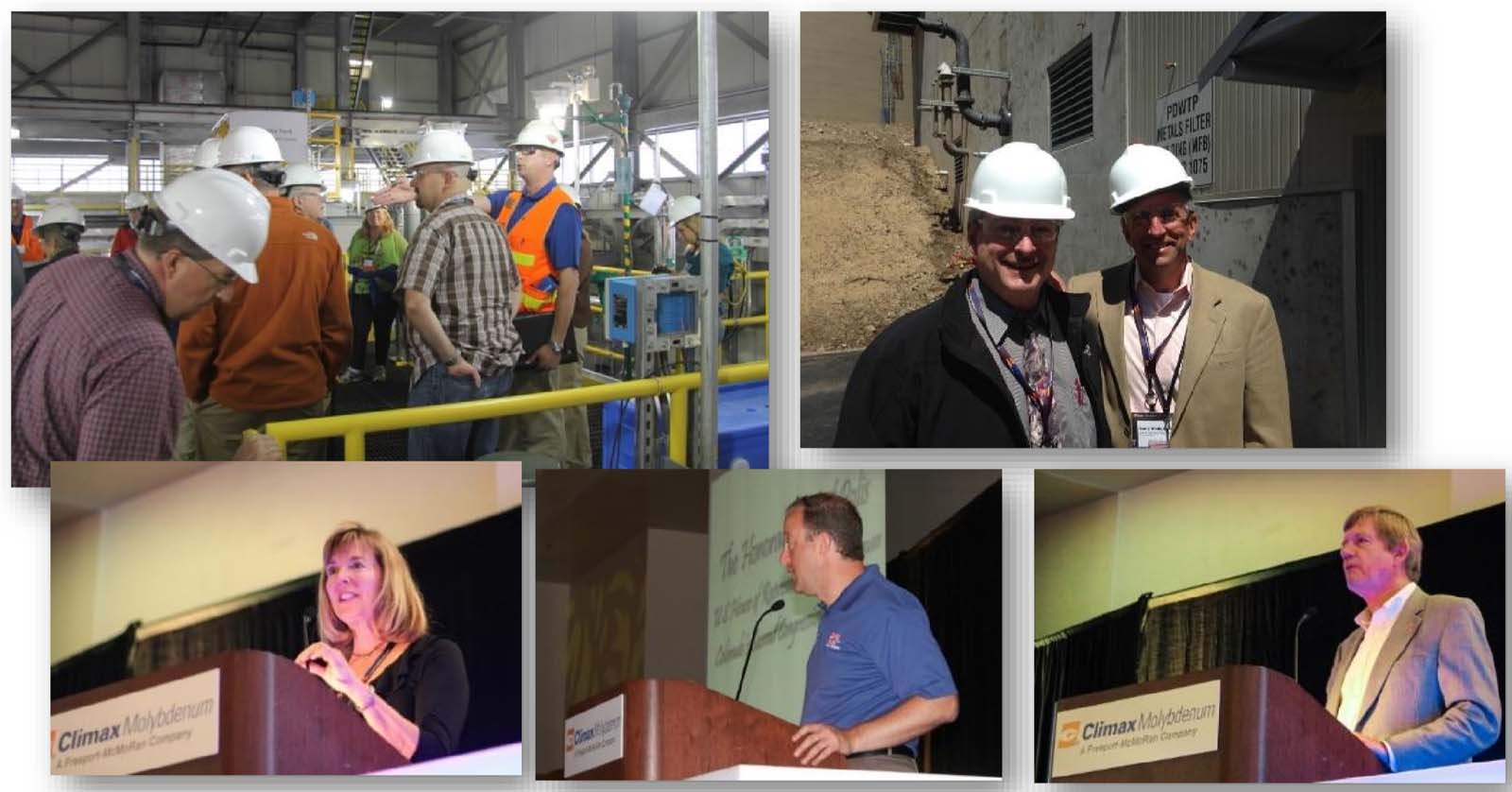Good Neighbors for Sustainable Communities
Where Health and Safety Meet Sustainability
Ensuring Responsibly Researched Water Quality Standards
Safety First for Our Employees, Our Communities and Our Environment
Investing in Communities
“At Climax Molybdenum, we are committed to the long term sustainability of the communities we serve. Through economic development, community investments, and responsible stewardship of the land and water, our aim is to ensure our employees and neighbors thrive. Whether at the mine or in the community, it’s always safety first.”

Freeport-McMoRan Foundation Announces 2023 Climax Mine Community Investment Fund Recipients
Freeport-McMoRan and Climax Molybdenum are pleased to announce the Freeport-McMo... Learn More

Freeport-McMoRan Foundation Announces 2023 Henderson Mine Community Investment Fund Recipients
Freeport-McMoRan and Climax Molybdenum are pleased to announce the Freeport-McMo... Learn More

Freeport-McMoRan Publishes Updated Climate Report
Freeport-McMoRan, parent company to Climax Molybdenum Company, has announced... Learn More

Henderson Mine and Mill Receives Gold Certification from the Wildlife Habitat Council
Henderson mine and mill has received Gold Certification from the Wildlife Habita... Learn More
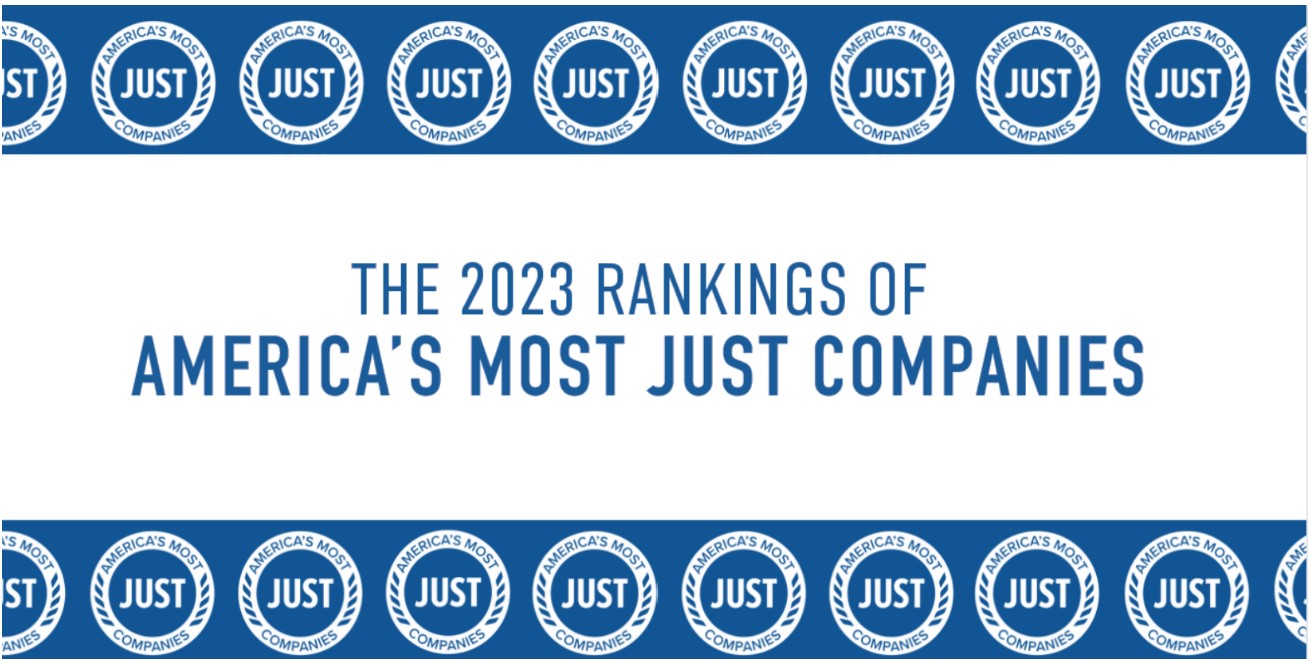
Freeport-McMoRan Named One of America’s ‘Most JUST Companies’ in 2023 Rankings
The company ranked first overall in the Basic Resources category and received to... Learn More
At the Mine and in the Community
Climax Molybdenum has been operating in Colorado for more than 100 years. Climax Molybdenum directly employs nearly 800 people at three sites in Colorado, generating a positive economic impact in six counties and across the state. We provide critical jobs, invest in the community, and are consistently looking down the road at the long-term sustainability of the communities we serve. We’re a responsible community partner and deeply value the health and safety of our surrounding communities.
Scroll down to follow the journey Tenmile Creek takes from the top of our mining operations down through the Eagle Reservoir and our water treatment facilities and into the towns below. Along the way, learn more about Climax’s commitment to sustainability, safety, and supporting Colorado communities.
Safety First
At Climax, our employees and communities come first. Climax employees share in a culture of safety that puts occupational health at the center of our work. Climax is a recognized industry leader in safety and is committed to continual improvements in safety performance and the mitigation of health risks across the organization.
We were founded with an inherent commitment to protect our employees and surrounding communities. Scroll down for the next stop on our journey down the mountain.
Treating Downstream Water
In 2007, Climax voluntarily completed construction on a $23 million water treatment facility just below the Climax mine site. This state-of-the-art facility treats between 3,500 and 6,900 gallons of water per minute as part of a downstream process. Climax continued to update its industry-leading water treatment operation, and in 2014, opened its $200 million water treatment system. Treated water flows into the downstream watershed, improving the water quality of Tenmile Creek, which now supports various recreational activities and a thriving trout fishery.
Scroll down to learn about our commitment to safe and accurate water standards.
Safe and Accurate Molybdenum Water Standards
We are committed to being good neighbors, promoting sustainable communities, and ensuring we adhere to responsibly researched downstream water quality standards. At Climax, we support water standards in line with recommendations from the experts at the Environmental Protection Agency. We conduct consistent, voluntary water testing with certified laboratories and work closely with communities to make sure data is transparent and available.
Our communities deserve updated research and accurate molybdenum water standards. Scroll down to learn how we are supporting these efforts.
Responsibly Researched Water Standards
Current molybdenum water standards are based on outdated, obsolete, and discredited research. Colorado communities deserve water standards based on current, peer-reviewed research. Three independently peer-reviewed studies based on accurate science around appropriate molybdenum levels in water were recently published. Climax supports the use of the most current science to keep our water clean. Learn more about Climax’s efforts to develop accurate water standards by visiting the Water Standards Fact vs. Fiction section below.
Our commitment to local communities goes far beyond drinking water. Learn more about how Climax invests in healthy, thriving, and sustainable communities by scrolling down.
Investing in Colorado Communities
Climax Molybdenum is committed to the long-term sustainability of the communities we serve. About a decade ago, Climax established three regional Community Partnership Panels made up of representatives from Lake, Summit, Chaffee, Eagle, Clear Creek, and Grand counties to work hand-in-hand with community leaders to examine local needs and priorities. Through our Community Investment Funds, community representatives play the lead role in determining how we invest in projects that will contribute to diversified, long-term growth and inspire positive change.
We also offer STEM Innovation grants and established a scholarship program in seven Colorado high schools. That’s because we want to support the development of neighbors and economies in rural mountain communities that create opportunities for people to enjoy a quality standard of living. Learn more about the economic impact of Climax by scrolling down.
Stakeholder Engagement
At Climax Molybdenum, we value consistent, transparent and authentic communication with all of our stakeholders. We understand that working closely and collaboratively with the local governments, businesses, and communities we serve is essential to the viability and sustainability of our business. Community Partnership Panels in six counties identify, examine and define regional issues and priorities. We work to keep communities updated about what is happening at our Climax and Henderson Mines and keep local government apprised of our future plans. We ensure that our research, water sampling, and safety and environmental records are publicly available.
Stakeholder engagement is a critical component of our business model and something we are always working to improve and expand. Our overarching goal is to ensure we understand the concerns of stakeholders and neighbors and work to resolve them directly, while participating in an ongoing dialogue that supports the community in creating their future success and sustainability. Scroll down to learn more about our economic impact.
An Economic Driver for Colorado
Mining has provided the life blood for Colorado mountain communities for more than a century. Climax is a committed community partner, investing millions of dollars in the communities in which we work. Climax Molybdenum directly employs nearly 800 Coloradans and indirectly supports 3,400 jobs in rural communities. In 2017, Climax generated an estimated $367.5 million in combined direct and indirect economic impact for Colorado. Climax has produced more than three billion pounds of molybdenum in the past 100 years, with two billion pounds coming from the Climax mine and one billion pounds from the Henderson mine.
We understand that economic sustainability and environmental sustainability go hand in hand, and we deeply value our treasured natural areas. You can learn more about our legacy of sustainability and responsibility by scrolling down.
A Legacy of Sustainability and Responsibility
Climax is actively developing new wetland areas within its property boundary. Each of these projects involves close coordination with the U.S. Army Corps of Engineers to ensure the proper design, functionality, and long-term sustainability of the wetland. Wetlands are constructed by replicating the same conditions that are found naturally. Constructed wetlands use native soil and plants that are grown by nurseries or transplanted from natural wetland areas, and are designed with a consistent water source to ensure plant survival and proper soil development over time. To address historic mining operations in the upper Arkansas River basin in Lake County, Climax initiated a project in 2006 to restore the riparian area. After constructing the new riffle-pool channel, Climax planted hundreds of trees, shrubs, and grass species that resulted in both riparian-wetland zones and adjacent uplands within a 14-acre area to further protect the watershed. This project led to Climax winning the 2010 Hard Rock Reclamation Award from the Colorado Mined Land Reclamation Board and in 2018 Climax earned a certification from the Wildlife Habitat Council for site-wide biodiversity and conservation initiatives.
Climax’s work with the Wildlife Habitat Council supports programs aimed at the enhancement of biodiversity, including the protection of the state endangered Boreal Toad, and bee apiary developments local to our properties. The company’s biodiversity projects provide unique benefits for both the environment and local communities.
Stewardship and engagement efforts extend beyond the regional setting of the Colorado operations of Climax. Under a cooperative agreement with the Colorado Division of Reclamation, Mining and Safety, Climax’s parent company, Freeport-McMoRan, has sponsored the cleanup of legacy mining sites. Many of these sites were abandoned decades ago, and our company’s stewardship efforts support public health and safety and prevent government intervention, saving valuable public resources.
Setting the stage for the future is a critical aspect of the company’s environmental program. The Climax mine has been recognized as a leader in tailings management and stewardship. By working in partnership with local communities, Climax has developed beneficial solutions to waste management. The Robinson tailing storage facility is an example. Here, bio-solids from domestic waste water facilities and wood chips from felled pine trees that have died from regional beetle infestation have transformed a tailings site to a natural valley habitat. Another former tailings pond, now known as Eagle Park Reservoir, was reclaimed and is now a reservoir for water users in Eagle Valley.

“What I really appreciate most about Freeport-McMoRan is their understanding of Summit County, their investment of time and expertise, as well as funding programs they know will make the biggest difference over time.”

“Like advocacy for health care, access to health care, or advocacy for children, or women within our community. There is so much that Climax Molybdenum has partnered on with the Grand Foundation, and effecting and enhancing lives in Grand County. We couldn’t do it without them.”

“Another thing that Climax has afforded this community through their community investment program and the CPP is all the money that they give to certain projects here in our community through a grant program. What it does is it provides sustainability and capacity, for this community to not just get some money and throw it away, but to build capacity for what we are going to be doing in the future.”

“Climax Molybdenum has been a great partner for our organization. I have witnessed firsthand their sincere commitment to the health and prosperity of our Lake County community. They really set the bar high and are a wonderful example of authentic corporate community engagement.”
Fact vs. Fiction
Molybdenum is a dangerous heavy metal.
Unlike lead and mercury, molybdenum is a safe, naturally occurring essential element found in everything from the food we eat to our very own bodies. Essential means that it is necessary for life. In fact, molybdenum is a key ingredient in daily supplements and pre-natal vitamins. States like Oregon and Washington have already taken steps to de-list molybdenum from lists of chemicals of concern.
Climax Molybdenum operations pose a public health and safety threat to downstream communities.
Climax Molybdenum is a committed and responsible community partner. The mineral molybdenum is an essential element found naturally in our bodies and the food we eat. Although some molybdenum runs off into water sources during the mining process, there is no evidence that this has caused any harm to the people who drink the water. In fact, there has never been a documented case of sickness in Colorado due to molybdenum levels in water. In spite of this reality, Climax consistently conducts voluntary water testing to monitor molybdenum levels in water and makes the data collected by water testing researchers available to surrounding communities and the public.
Scientists familiar with ongoing research believe the water standard for molybdenum should be 210 μg/l.
Colorado has been considering an appropriate water quality standard for molybdenum for more than 30 years. During that time, the state has adopted two human health-based water quality standards, both of which were based on obsolete science. The current standard of 210 μg/l, adopted in 2010, is based on a 1990 graduate thesis that has significant shortcomings and has not been able to be replicated. Current published, peer-reviewed research supports a standard of 9,000 μg/l. EPA Region 8 career scientists have stated that a standard of 10,000 μg/l is protective and consistent with Clean Water Act requirements.
Climax Molybdenum is currently operating outside of recommended water standards.
Colorado has been considering a scientifically-appropriate water quality standard for molybdenum for more than 30 years. During that time, the state has adopted two human health-based water quality standards, both of which were based on obsolete science.
The first standard, adopted in 2007, was based on a 1960s-era Armenian study that has since been discredited. The current standard of 210 μg/l, adopted in 2010, is based on a 1990 graduate thesis that has significant shortcomings and its results have not been able to be replicated.
New research supports a standard of 9,000 μg/l which is still below Region 8 career scientists’ conclusion that a standard of 10,000 μg/l would be protective and meet the requirements of the Clean Water Act. Recognizing that there was significant uncertainty associated with the current standard, including the 1990 graduate thesis that it is based on, Colorado’s Water Quality Control Commission unanimously granted Climax an extension to 2020 to continue to operate under “current conditions.” Though there are always operational variations in molybdenum levels, the Climax Mine operates well under the science-based recommended 9,000 μg/l standard.
New water standards proposed by Climax Molybdenum are based on biased research.
The research conducted by the International Molybdenum Association (IMOA) was done in accordance with internationally accepted protocols. It was conducted by USA-based life sciences facilities and assessed the effects of molybdenum exposure through dietary, pre-natal, and multi-generational studies. All three studies were published and independently peer reviewed.
EPA toxicologists, Colorado regulators and stakeholders were informed about the progress of IMOA’s studies by Climax via numerous meetings, hearings, and written updates. Upon completion in 2017, the new IMOA science was used as the basis of a revised human health-based quality standard proposed by Climax.
Climax Molybdenum is a giant corporation interested in extracting metals and isn’t interested in surrounding communities.
Climax Molybdenum has a long-term history of acting as a responsible community partner. In addition to employing hundreds of Coloradans in mountain communities, the company has invested more than $10 million to local projects in the last five years alone. This includes projects related to education and training, economic development, environmental stewardship, community safety and health, and preservation of culture and the arts. For example, Climax provides STEM grants to schools and teachers, helping them create richer science and math learning experiences in the classroom, awards scholarships to local students, and offers free entrepreneurship training to women across the state through a unique online learning platform called DreamBuilder – The Women’s Business Creator. Perhaps more important than investing funds, the company values and places a premium on input from local residents and the opportunity for an active dialogue that forges the kind of partnership critical for meaningful investments, and strong communities. With a record of more than a decade of formal and informal engagement that actively cultivates citizen participation, we continuously work to identify ways to further empower communities that can chart their own course toward sustainability.
Climax Molybdenum has won international awards for its environmental and reclamation work. This includes the Robinson Tailings Reclamation project, revitalizing the Tenmile Creek fishery, and the voluntary multi-million dollar upgrade to the site’s water treatment system. Additionally, in recognition of its achievements in community engagement, Freeport-McMoRan was named to the Civic 50 list of America’s most community-minded corporations for five years running, and first in the materials sector for three years– an award in which Climax Molybdenum was a significant contributor. The Civic 50 is based on analysis of corporate sector best practices and impact by leading academics, providing a framework for good corporate citizenship and showcasing how companies can use their time, skills and other resources to improve the quality of life in their communities.
Molybdenum (mo-LIB-den-um), commonly referred to as moly, is a naturally occurring, essential trace element similar to iron.
Molybdenum is an important component of solar panels and wind turbines.
In addition to being significant for the biological functions of our bodies and plant life, molybdenum also makes stainless steel that is recyclable, longer lasting, corrosion resistant, and stronger.
Unlike iron, molybdenum has a much higher melting point which makes it a critical component to enhancing the safety of all different types of transportation, construction, and agricultural needs.
Frequently Asked Questions
Molybdenum (mo-LIB-den-um), commonly referred to as moly, is a naturally occurring essential element similar to iron. Moly can be found in foods like legumes and grains. Molybdenum makes stainless steel that is recyclable, longer lasting, corrosion resistant, and stronger. Unlike iron, moly has a much higher melting point which makes it a critical component to enhancing the safety of all different types of transportation, construction, and agricultural needs.  If you have flown in a plane, driven across a bridge, or headed to work in a downtown skyscraper moly has been a day-to-day part of your existence.
If you have flown in a plane, driven across a bridge, or headed to work in a downtown skyscraper moly has been a day-to-day part of your existence.
However, molybdenum also has uses you may not expect. For example, it’s also used:
• As a nutritional supplement and important ingredient in prenatal vitamins
• Manufacturing flat screen televisions and stainless steel cookware
• To remove sulfur from fuel to improve air quality
• To build solar panels and wind turbines
• As an essential component of equipment necessary for our national defense. Its original, primary use was in Allied efforts at producing armor plating and large gun barrels during World War I.
Climax Molybdenum, a subsidiary of Freeport-McMoRan, is the largest producer and supplier of molybdenum operating right here in Colorado. Named after the Climax Railroad Station at the top of the Continental Divide, the mine operates the underground Henderson Mine near Empire, the Henderson Mill in Grand County, and the Climax Mine near Leadville.
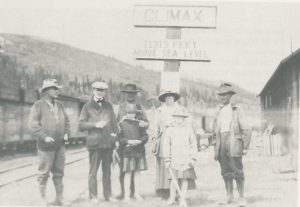 Elemental molybdenum was discovered in 1778 by Swedish chemist Carl Wilhelm Scheele. The discovery of molybdenum in Colorado for economic purposes occurred in 1879 when a large, gray, mineralized outcropping was found by Charles J. Senter on the western slope of Bartlett Mountain. Years later, in 1895, Colorado School of Mines Professor Rudolph George identified the Bartlett Mountain samples as molybdenite (molybdenum disulfide). Finally, in 1918, Max Schott, a miner and businessperson, formed Climax Molybdenum Company to recover and process the metal. The mineral was originally used as a key component of machinery in World War I. Today, its unique properties allow it to be used for building skyscrapers, solar panels, stainless steel cookware, flat screen televisions, and for purifying fuel, improving air quality, and as an ingredient in daily and prenatal vitamins.
Elemental molybdenum was discovered in 1778 by Swedish chemist Carl Wilhelm Scheele. The discovery of molybdenum in Colorado for economic purposes occurred in 1879 when a large, gray, mineralized outcropping was found by Charles J. Senter on the western slope of Bartlett Mountain. Years later, in 1895, Colorado School of Mines Professor Rudolph George identified the Bartlett Mountain samples as molybdenite (molybdenum disulfide). Finally, in 1918, Max Schott, a miner and businessperson, formed Climax Molybdenum Company to recover and process the metal. The mineral was originally used as a key component of machinery in World War I. Today, its unique properties allow it to be used for building skyscrapers, solar panels, stainless steel cookware, flat screen televisions, and for purifying fuel, improving air quality, and as an ingredient in daily and prenatal vitamins.
Climax was founded with an inherent commitment to people that make our company work, and we always put safety first. People are often surprised to learn that hard rock mining is a very safe industry to work in with a better safety record than industries like construction, agriculture, and health services. Every work day starts with a Safety Share to ensure that worker health and safety is top of mind.
Climax Molybdenum directly employs almost 800 people and its economic impact indirectly employs 3,400 Coloradans. In 2017, the company generated an estimated $367.5 million in combined direct and indirect economic impact for the state.
 As a responsible neighbor committed to the sustainability of surrounding communities, Climax Molybdenum has invested more than $10 million in local projects in the last five years alone. The company has established three regional Community Partnership Panels made up of representatives from Lake, Summit, Chaffee, Eagle, Clear Creek and Grand Counties to work hand-in-hand with community leaders to examine local needs and priorities.
As a responsible neighbor committed to the sustainability of surrounding communities, Climax Molybdenum has invested more than $10 million in local projects in the last five years alone. The company has established three regional Community Partnership Panels made up of representatives from Lake, Summit, Chaffee, Eagle, Clear Creek and Grand Counties to work hand-in-hand with community leaders to examine local needs and priorities.
For example, through the STEM Innovation grants program, parents and schools can apply to receive up to $5,000 every year to support the development and expansion of STEM programs. Climax also offers a scholarship program in seven Colorado high schools and mini-grants of up to $500 to support a range of other classroom needs. The company also engages its employees to be active in community service and provides an Employee Matching Gifts program that doubles the impact of employees’ personal donations to causes they care about.
Molybdenum is a naturally occurring essential element found in foods like legumes and grains and is an important component in prenatal and daily vitamins.
 The levels of molybdenum in water currently vary seasonally and depend on mining activities. Climax Molybdenum supports water standards in line with the research-based recommendations from the Environmental Protection Agency of a concentration less than 10,000 μg/L. The company conducts consistent, voluntary water testing with certified experts and works closely with communities to ensure data is transparent and available. There has never been a documented case of sickness in Colorado due to molybdenum levels in water.
The levels of molybdenum in water currently vary seasonally and depend on mining activities. Climax Molybdenum supports water standards in line with the research-based recommendations from the Environmental Protection Agency of a concentration less than 10,000 μg/L. The company conducts consistent, voluntary water testing with certified experts and works closely with communities to ensure data is transparent and available. There has never been a documented case of sickness in Colorado due to molybdenum levels in water.
Molybdenum is a naturally occurring essential element found in foods like legumes and grains and is an important component in prenatal and daily vitamins. There has never been a documented case of sickness in Colorado due to molybdenum levels in water.
As a responsible neighbor and community partner, Climax Molybdenum works diligently to ensure that molybdenum concentrations are in compliance with peer reviewed, accredited research and with Environmental Protection Agency recommendations.
Legend
- Drinking water sample of total recoverable molybdenum in micrograms (μg) per liter
- Surface water sample of total recoverable molybdenum in micrograms (μg) per liter
Note: Maps display the most recent sampling data for each testing location





